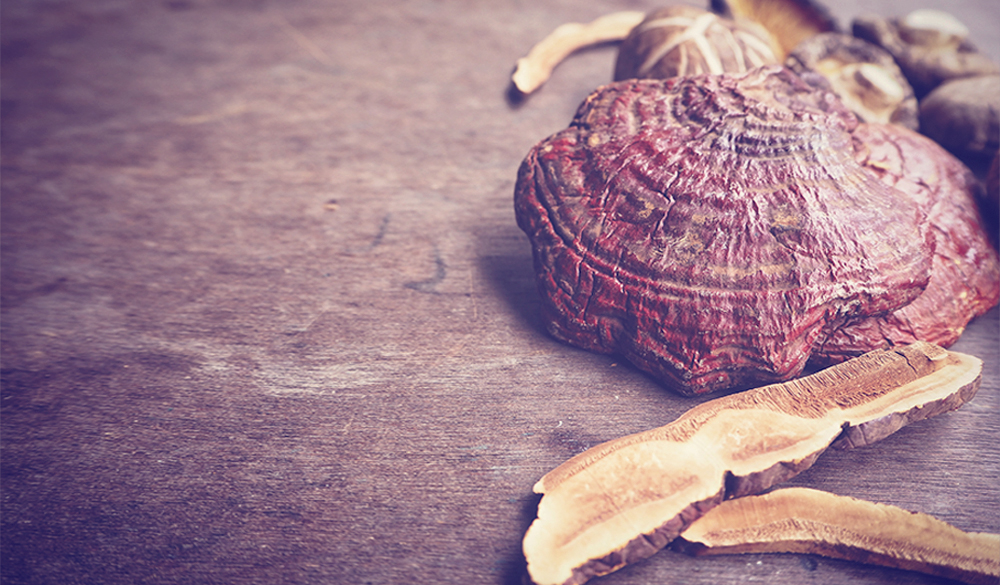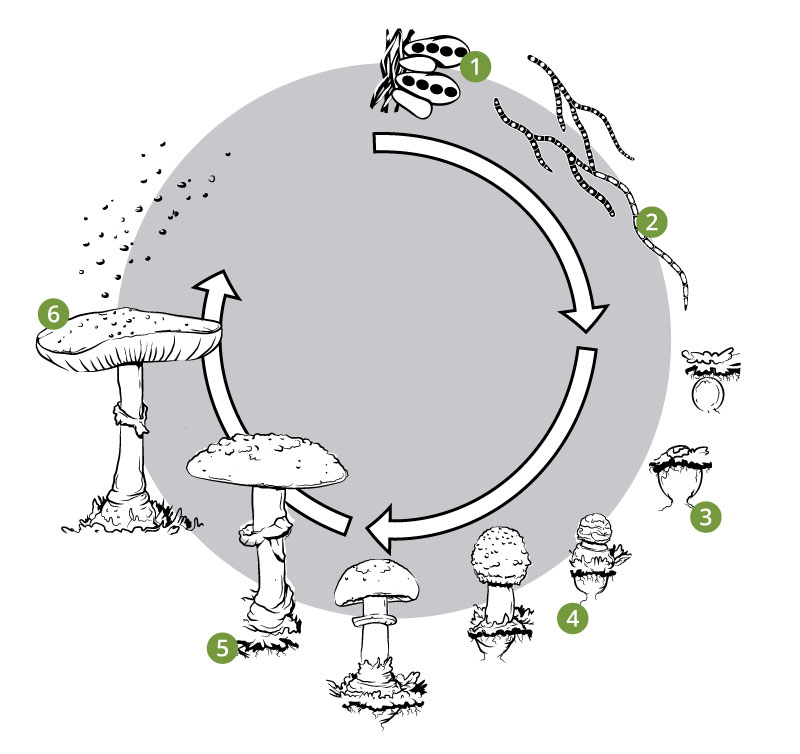Mushrooms have been cherished by humankind from time immemorial. From culinary delight to medicinal wonder in traditional Oriental practice, they have a long history of use that is now regaining momentum. What exactly permits their legendary effects in promoting health and vitality is a pharmacological phenomenon that is continuously being explored.
Recently, mushrooms have been regarded as miniature pharmaceutical factories, for their ability to yield a multitude of novel constituents with extraordinary biological properties. But, as we discover more of these active components, it becomes clearer that the benefit of these biotherapeutics can’t be assumed solely from individual parts. Instead, it is the use of whole mushrooms across their life span that encapsulates the myriad of medicinal opportunities provided from inoculation to maturation.
Mushrooms are highly regarded for their antioxidant, anticancer, prebiotic, immunomodulatory, anti-inflammatory, cardiovascular, antimicrobial and antidiabetic properties.[1] These assets are attributed to the nutrients, including digestible proteins, carbohydrates, fibre, vitamins and minerals, as well as biologically active compounds including polysaccharides (particularly beta-glucan), lectins, lactones, terpenoids and alkaloids,[2] found in the fruiting bodies, primordia and mycelia (hyphae) of mushrooms.
| The mushroom life cycle: a myriad of medical opportunities from inoculation to maturation |
|---|
|
(1) Spore germination; (2) Mating of compatible hyphae (mycelium); (3) Developing egg; (4) Button stage; (5) Mature mushroom; (6) Spore liberation |
Prior to the 20th century, the pharmaceutical benefits of mushrooms were restricted to the research conducted solely on their fruiting bodies. Scientists mistakenly believed that the mycelium, and all strains or cultivars of a species, would mimic the biological activity of the fruit bodies. However, as time and science progressed, what they discovered would open up new frontiers for nutraceutical research and therapy.[3]
The advent of mycelium tissue culture allowed scientists to discover unique antiviral activities expressed during this important stage of life, where a branch-like labyrinth is constructed, designed to secure water and nutrients that sustain life across a colony of mushrooms. Recent genomic research has confirmed that activities occurring during this phase, switch on more genes than during the counterpart formation of the mushroom fruit bodies. Interestingly, this upregulation of activity led to the discovery of antiflu activity in extracts of Ganoderma lucidum (reiishi) mycelium. The equivalent fruit body extract expressed no such activity.[3] This unique event exemplified the benefit of incorporating numerous aspects of the mushroom life cycle to produce the most medicinally-active, mushroom-based therapies.
While research into the broad-spectrum and synergistic effects of utilising whole mushrooms in contemporary medicine is advancing, we do know that the structure and constitution of mushrooms plays an important role in pharmacological activity. This depends heavily upon strain variations, developmental stage, culture method and conditions, medium composition, extraction and drying methods.[2]
One way to ensure the quality and efficacy of whole mushrooms is through the careful control of the cultivation process. Sophisticated strain selection, a solid substrate fermentation process and a climate-controlled environment make it possible to harvest primordia, mycelium and fruiting bodies with nutritional and phytochemical profiles that parallel that of wild-grown mushrooms. And, by employing closed systems such as bags inoculated with mushroom spores, it is possible to capture all of the life cycle benefits that whole mushroom reproduction has to offer.
From being regarded as a gourmet cuisine across the globe since antiquity, mushrooms have come full circle in their value for their individual and complete components. As their understanding and popularity continues to grow globally, the therapeutic use and benefits of these powerhouse microcosms are about to get a whole lot better.
References
- Patel S, Goyal A. Recent developments in mushrooms as anti-cancer therapeutics: a review. 3 Biotech 2012;2(1):1-15. [Full text]
- Wang Q, Wang F, Xu Z, et al. Bioactive mushroom polysaccharides: a review on monosaccharide composition, biosynthesis and regulation. Molecules 2017;22(6):955. [Full text]
- Stamets, PE. Antiviral activity from medicinal mushrooms and their active constituents. United States Patent Application Publication 2018:US 2018/0200224 A1.
DISCLAIMER:
The information provided on FX Medicine is for educational and informational purposes only. The information provided on this site is not, nor is it intended to be, a substitute for professional advice or care. Please seek the advice of a qualified health care professional in the event something you have read here raises questions or concerns regarding your health.




